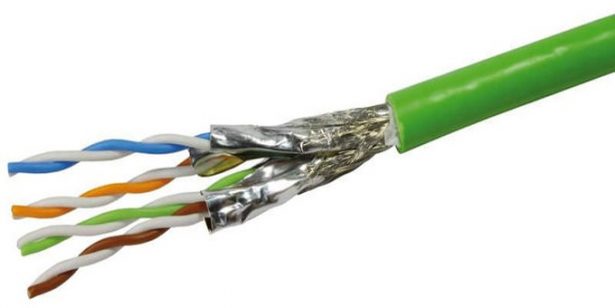raditionally, the physical environment for transmitting video signals over long distances has been the shielded coax cable. Its quality and advantages are well known, and many times designers looking for off-the-shelf solutions do not know that long distance video transmission can be achieved with the same quality but for a much lower price.
1. Design
The solution described in this article proposes as the physical environment the use of a simple twisted pair cable; in addition to its lower price (compared to the shielded coaxial cable) it also features a much smaller weight, which sometimes can be a critical design criteria, especially for instance, in automotive environments, where cable weight account for the most percentage of the mass of a car.
Usually the regular configuration of a video transmitting system consists of an output amplifier (which either amplifies or acts as a simple repeater) mounted in the part of the system which generates video signal, connected via a shielded coax cable to the receiver part of the system. At the receiver, the signal is filtered, then amplified again, and fed to the display or perhaps to a video processing unit
For more detail: Increasing cable length in precision video applications

